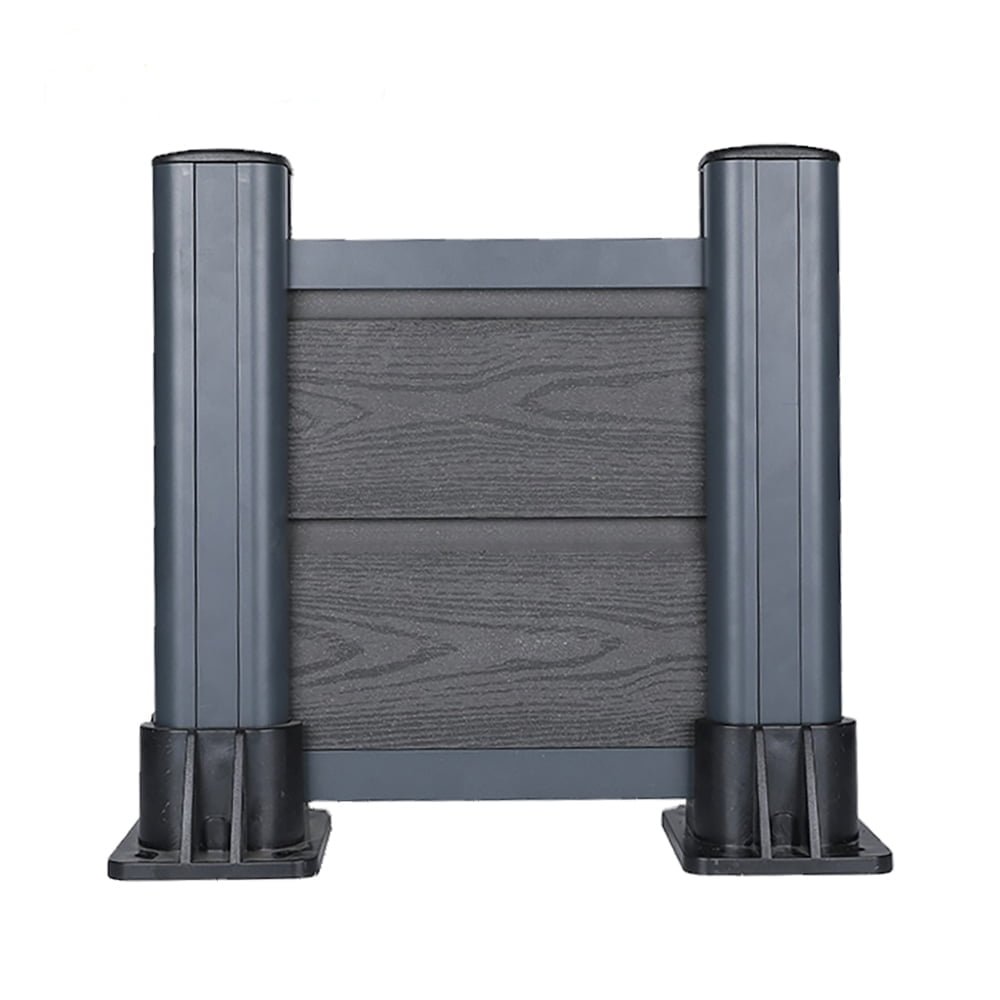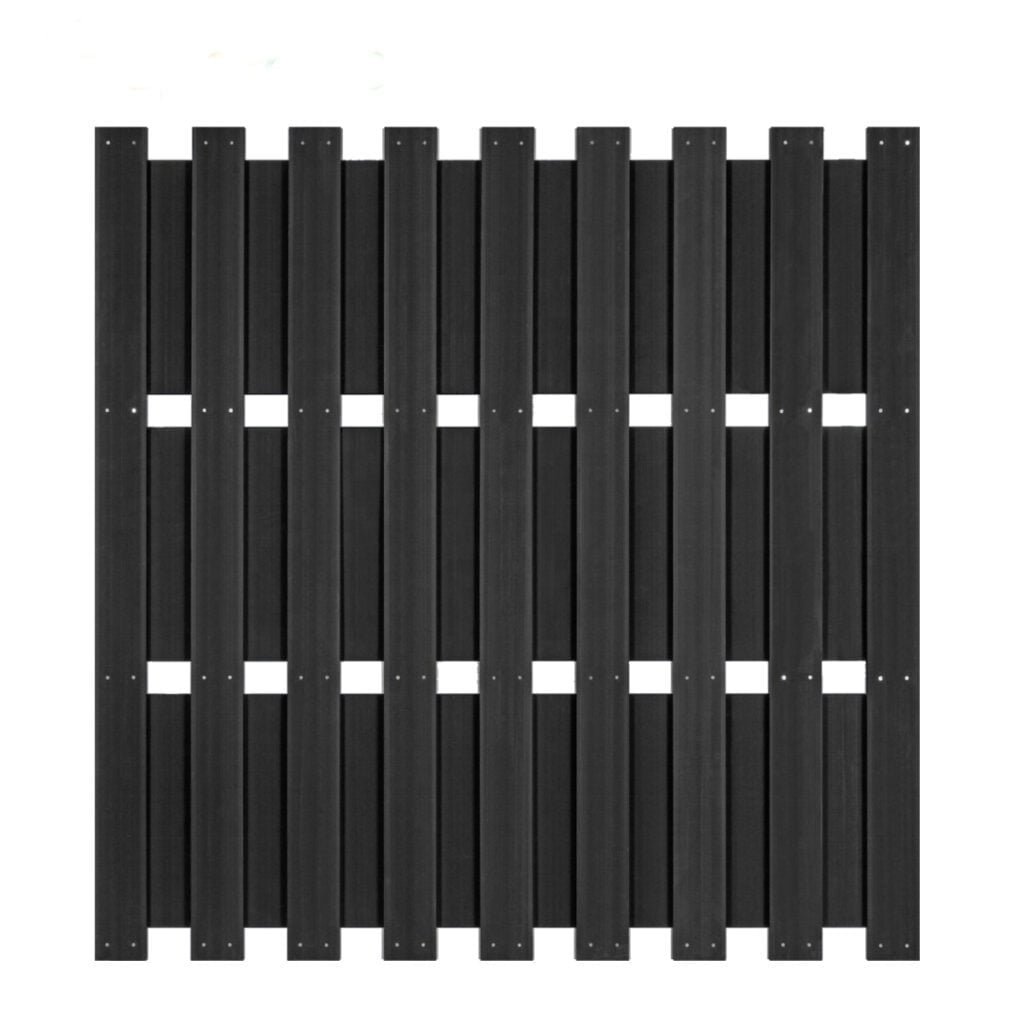1. Introduction to WPC Fences
WPC (Wood-Plastic Composite) fences have become increasingly popular among homeowners looking to enhance the privacy, security, and aesthetic appeal of their properties. These fences are made from a combination of wood fibers and plastic, providing a durable, low-maintenance, and environmentally friendly alternative to traditional wooden fences. Ideal for enclosing yards, gardens, and pool areas, WPC fences offer both functionality and style, allowing you to create a boundary that reflects your personal taste and complements your home’s exterior.


2. History and Evolution of WPC Fences
The concept of Wood-Plastic Composite (WPC) materials emerged as a response to the demand for more sustainable building products. Initially developed in the late 20th century, WPC materials have since evolved significantly. Early versions of WPC were primarily used for decking, but advances in technology and materials have expanded their application to include fencing, siding, and more. Over the years, improvements in the quality, appearance, and durability of WPC products have made them a preferred choice for many homeowners.
3. Materials Used in WPC Fences
WPC fences are constructed from a blend of wood fibers, such as sawdust or wood chips, and thermoplastic materials like polyethylene, polypropylene, or polyvinyl chloride (PVC). This combination results in a product that retains the natural look and feel of wood while benefiting from the resilience and longevity of plastic. The specific ratio of wood to plastic, as well as the type of plastic used, can vary, leading to differences in the appearance, strength, and durability of the final product.
4. Benefits of WPC Fences
One of the main reasons for the growing popularity of WPC fences is their impressive list of benefits. WPC fences are highly durable, withstanding the elements better than traditional wood fences. They are resistant to rot, insects, and weathering, which means they require far less maintenance. Additionally, WPC fences do not warp, crack, or splinter, ensuring a long-lasting and aesthetically pleasing boundary for your property. Their low maintenance requirements make them a cost-effective choice over time, as they do not need to be painted, stained, or treated regularly.


5. Environmental Impact of WPC Fences
WPC materials are often promoted as an environmentally friendly option due to their sustainability and recyclability. Many WPC products are made from recycled wood and plastic, reducing the need for virgin materials and minimizing waste. Moreover, WPC fences can be recycled at the end of their life, contributing to a circular economy. Their longevity also means that they need to be replaced less frequently than traditional wood fences, further reducing their environmental footprint.
